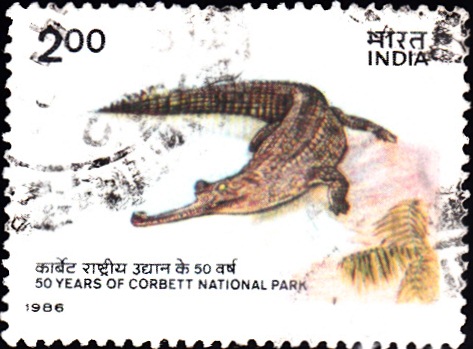
Corbett National Park
Complete Set of 2 nos of commemorative postage stamps on the 50th Anniversary of the Jim Corbett National Park, oldest national park in India, established in Nainital, Uttarakhand in 1936 to protect the endangered Bengal tiger :


Issued by India
Issued on Dec 15, 1986
Issued for : The Department of Posts is happy to issue a set of two commemorative stamps on the 50th Anniversary of the Corbett National Park.
Description of Designs : The transparencies for the two multicolour stamps of 100p and 200p have been supplied by Kunwar Bijendra Singh. The preliminary designs have been given by Smt. Pratibha Pandey. The final artwork has been prepared by India Security Press, Nashik Road. The 100p denomination stamp depicts the Asiatic Elephant and the 200p stamp depicts the Gharial (Gavialis Gangeticus). The first day cover has been designed by Shri R. N. Pasricha. The cancellation has been prepared by Mrs. Alka Sharma.
Type : Stamps, Postal Used
Colour : Multi colour
Denomination : 100 & 200 Paise
Overall size : 3.91 x 2.90 cms.
Printing size : 3.55 x 2.54 cms.
Perforation : 13 x 13
Paper : Imported unwatermarked adhesive gravure coated stamp paper
Number printed : 15,00,000
Number per issue sheet : 35
Printing Process : Photogravure
Printed at : India Security Press
About :
- Corbett National Park which was established on August 8, 1936 is the country’s first National Park. Originally named The Hailey National Park after Sir Malcolm Hailey, the Governor of the United Provinces, who had taken a keen interest in the creation of this park. It was renamed the Ramganga National Park after independence. Considering Jim Corbett’s special contribution in creation of this park, its name was again changed to Corbett National Park after this famous hunter, author and wildlife conservationist who died in 1955.
- The Park roughly trapezoidal in shape, is situated in the central foot-hills of the Himalayas within the civil districts of Nainital and Garhwal, comprising a total area of 520.82 sq. kms. Of which 329.98 sq. kms. constitute the tranquil core or the sanctorum, and the rest forming the buffer. The river Ramganga is the only major perennial source of water. Corbett National Park, one of the best potential habitats of the Tiger in the Himalayan Region and probably of the whole of India with its brightest promise of successful perpetuations of ‘Stripes’, and forming almost a compact biomass fairly free from biotic interference, was aptly given the unique distinction of being chosen during April 1973 as the venue for the inauguration of the launching of the famous and now prestigious project called ‘Project Tiger’. Project Tiger started functioning in the Park with effect from February, 1974.
- The Corbett National Park is extremely rich and varied both in its flora and fauna composition. More than 500 species of ferns and flowering plants have been recorded.
- The Park has a great a variety of fauna on account of diversity of cover and available food:–
- (i) Pisces: The river Ramganga sustains a variety of fish, the ‘mahaseer’ (Barbus tor) being the main species found throughout the length of the river. The other important species are ‘Kalimachi’ (Barbus Chilinodes), ‘Kalabasu’ (Labeo calbasu), ‘Chilwa’ (Oxygaster bacaila), ‘Goonch’ (Bagarius bagarius).
- (ii) Reptiles: Aquatic reptiles found in the Park are ‘magar’ or marsh crocodiles (Crocodylus palustris), ‘gharial’ (Gavialis gangeticus) and water monitor (Varanus salvator). Monitor lizard ‘goh’ (Varanus bengalensis) is quite common. Snakes worthy of mention are King Cobra (Ophiophagus hannah), common krait (Bungarus caeruleus), Cobra (Naja naja), Russell’s Viper (Vipera russelli) and Python (Python molurus).
- (iii) Birds: The Park is very rich in avifauna – Zoological survey of India have recorded over 585 species of resident and migratory birds. The newly created Ramganga reservoir has started attracting lots of ducks, storks, cormorants and even gulls.
- (iv) Mammals: Among the primates ‘langur’ (Presbytis entellus) and rhesus monkey (Macaca mulatta) are quite common and are associates of principal deer species ‘Cheetal’ or spotted dear (Axis axis). ‘Sambar’ (Cervus unicolor), ‘Hogodeer’ (Axis porcinus), ‘Barking Deer’ (Muntiacus muntjak) and wild boar (Sus scrofa) are fairly numerous and form the main prey base over which the predators, tiger (Panthera tigris) and leopard (Panthera pardus) thrive. Ghoral (Naemorhedus goral) is found on steeper slopes. Otter (Lutra lutra) is common. Jungle cat (Felis chaus), leopard cat (Felis bengalensis), Jackal (Canis aureus), Sloth bear (Melursus ursinus), porcupine (Hystrix indica) and hare (Lepus nigricollis) are the other common mammals of the Park.
- The asiatic elephants are wide spread in the Park right from November to June. During the rainy season they migrate to other forest areas outside leaving a few herds inside the Park.
- Text: Courtesy Corbett National Park.


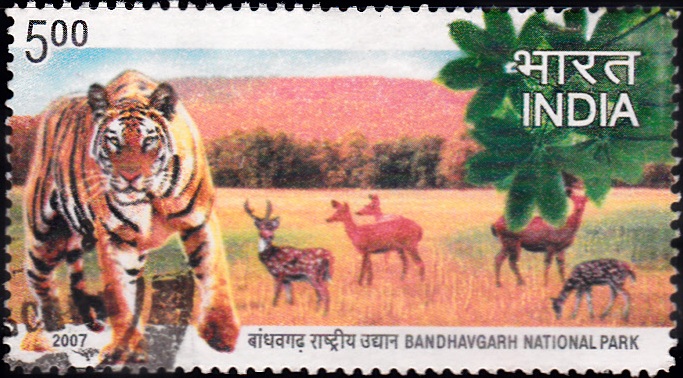
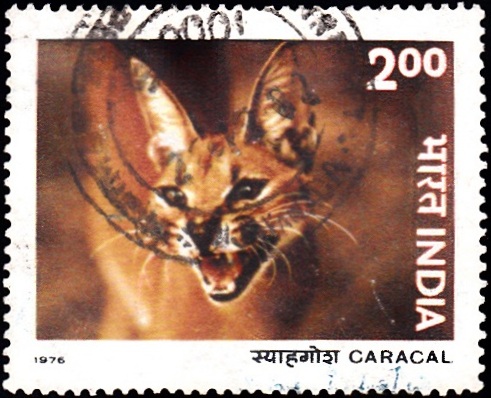
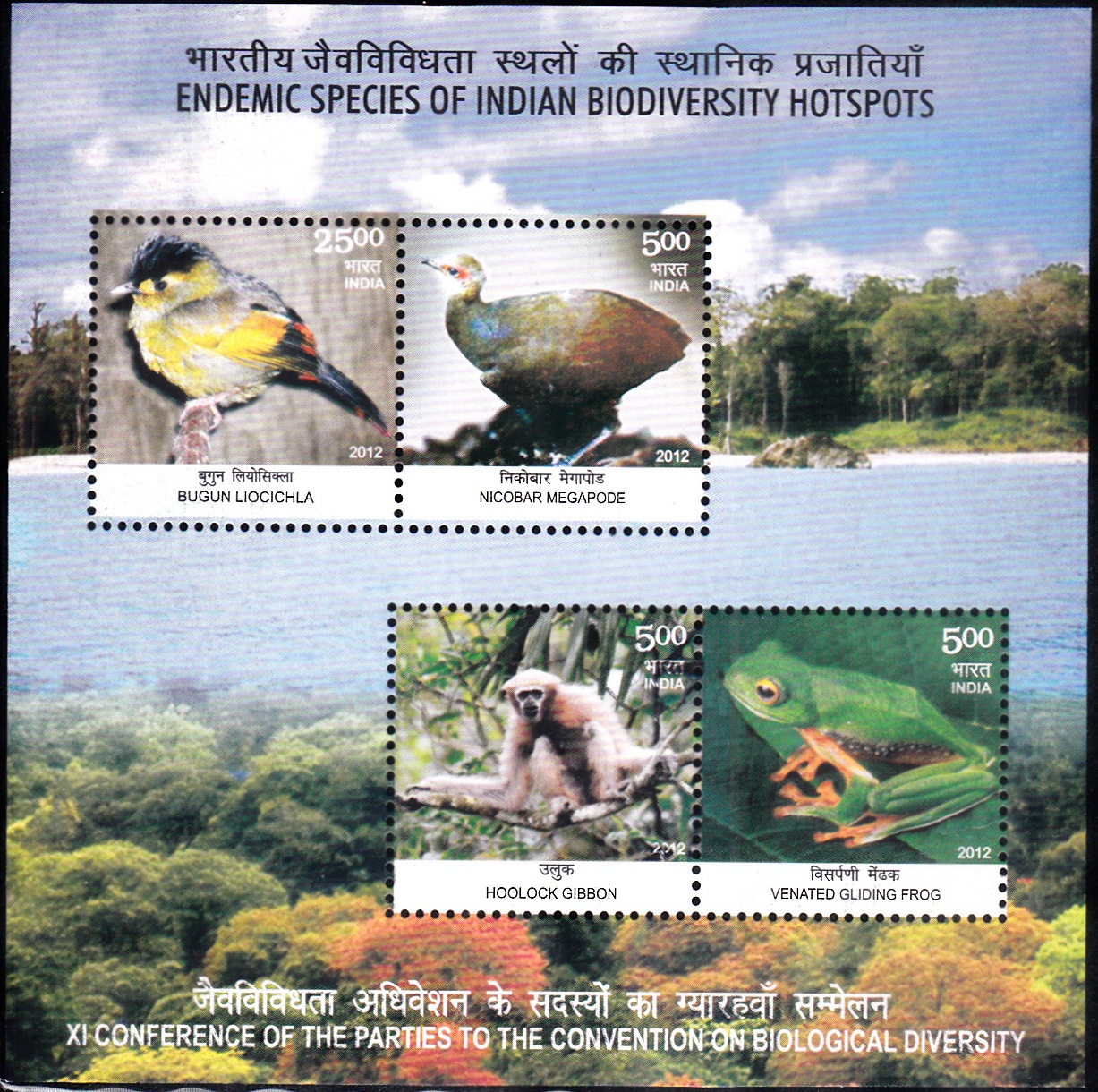

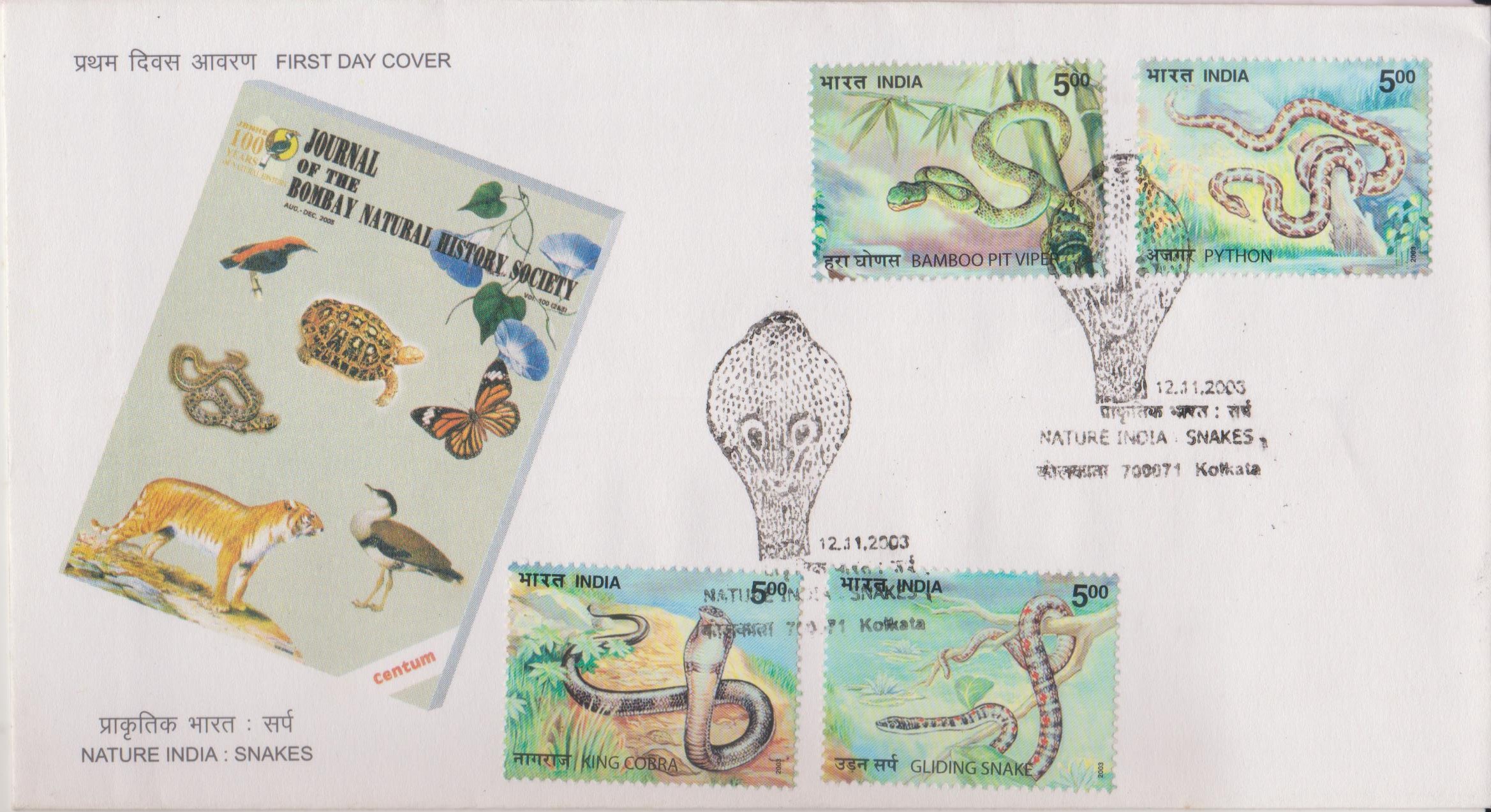
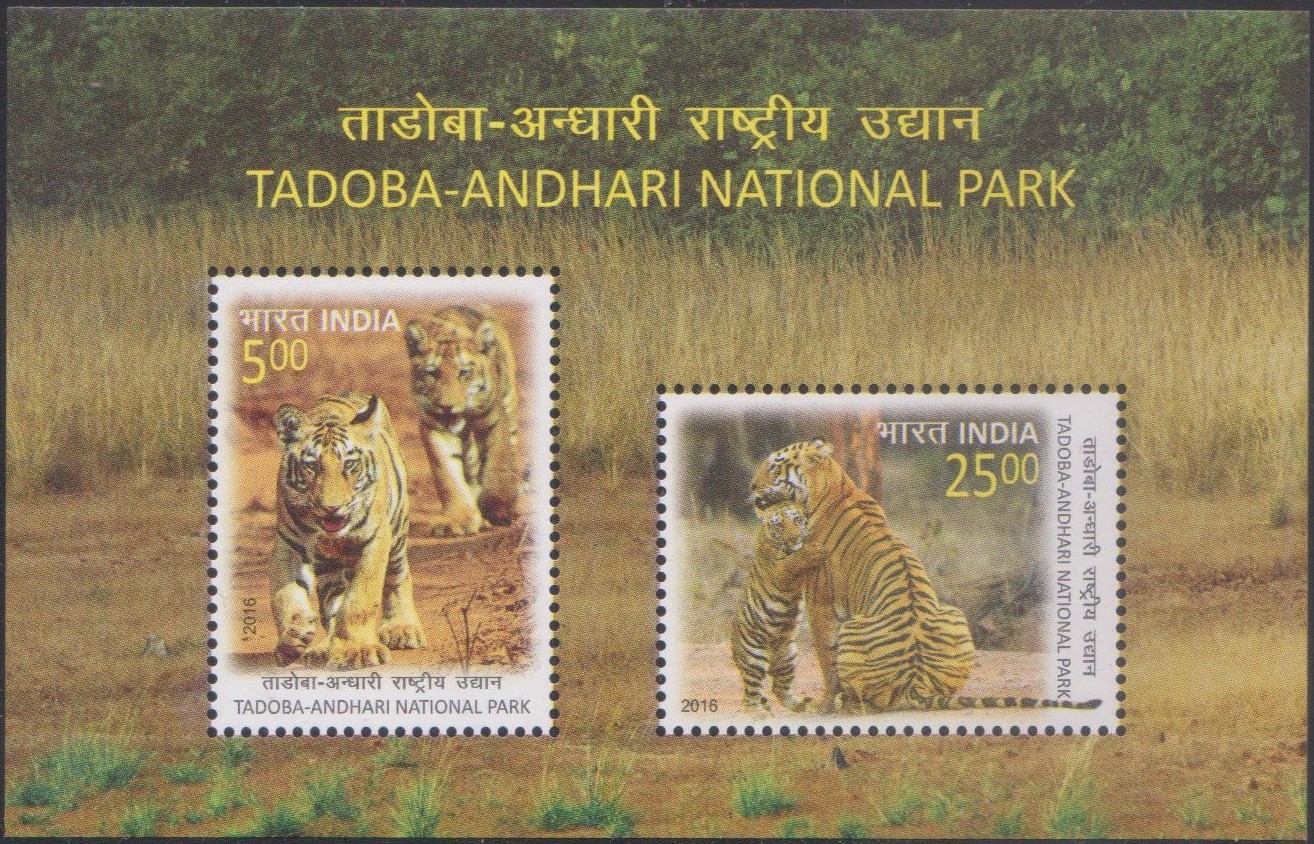
[…] For sportsmen to shoot, tigers are usually driven out of thick jungle by beaters or tame elephants, or else shot over a ‘kill’. As they become rarer, it is becoming more fashionable nowadays to try and ‘shoot’ them with a camera in some park or sanctuary like the Corbett National Park. […]